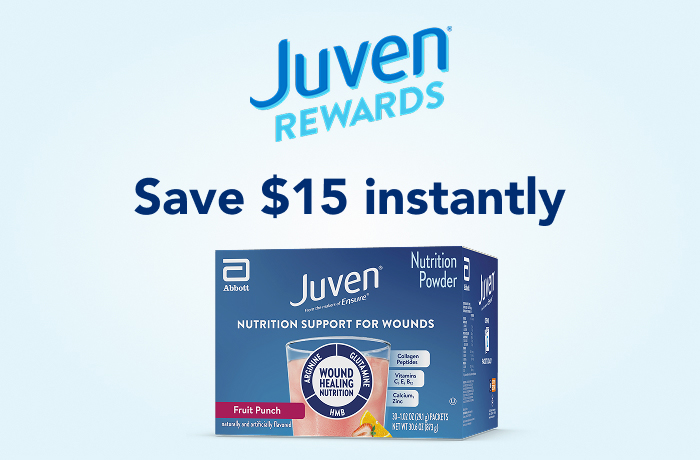
Links which take you out of Abbott Laboratories worldwide website are not under the control of Abbott Laboratories and Abbott Laboratories is not responsible for the contents of any such sites or any further links from such site. Abbott Laboratories is providing these links to you only as convenience, and the inclusion of any links does not imply the endorsement of the linked site by Abbott Laboratories.
Do you wish to leave this site?